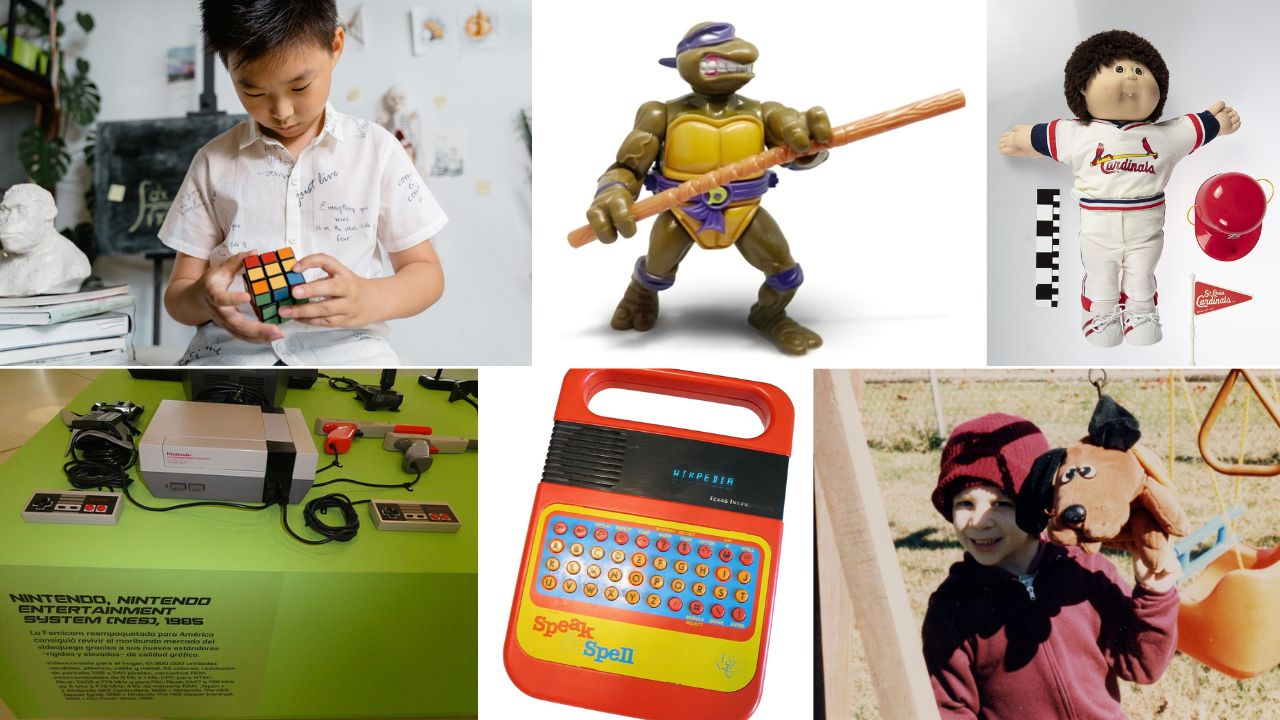Eighties toys blended clever engineering, big imaginations, and media tie-ins. Many launched whole genres or sold in the tens of millions, which is why reissues keep returning. These picks still work now because they offer hands-on problem solving, collection goals, or simple social play without screens. We include release years, standout features, and why each survives trends. Expect puzzles you can speed solve, figures with mini comics, and gadgets that taught reading or logic long before apps tried the same jobs.
1. Nintendo Game Boy (1989)
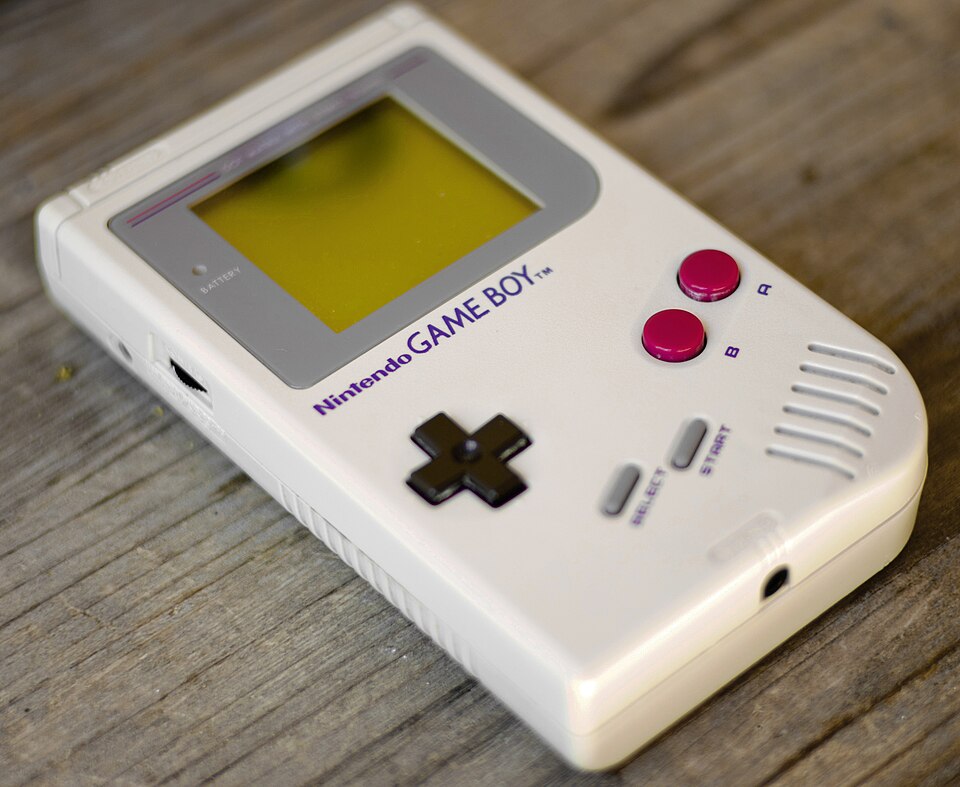
A pocket 8-bit console that ran for hours on four AA batteries and survived backpacks. Bundled Tetris proved quick puzzles travel well, while the Link Cable turned hits like Pokémon into local multiplayer a few years later. Cartridges kept libraries fresh without buying new hardware. Kids today would still like the clear rules, physical controls, and tradeable games. Modern retro units copy the same layout because it just works, from the simple D pad to a screen readable in bright daylight.
2. Rubik’s Cube (1980 craze)
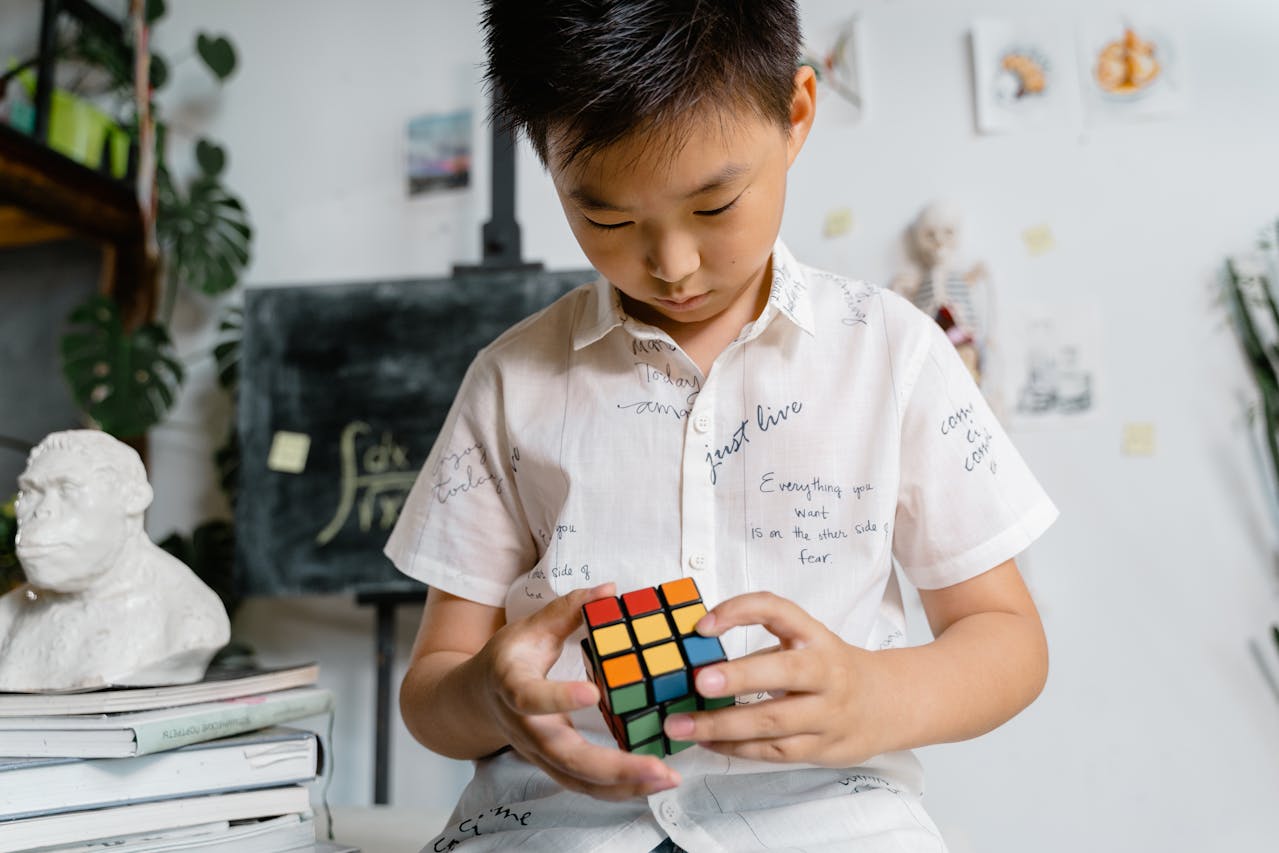
The 3×3 twist puzzle sold hundreds of millions worldwide and invented speedcubing culture. It teaches algorithms, spatial rotation, and pattern memory without instructions once you learn basic notation. Timers and lubricants made records drop, yet the core toy remains a palm-sized brain workout. Variants like 2×2 or 4×4 scale difficulty for any age. Because success is visible in every solved face, kids get instant feedback. Classrooms still use cubes to demo permutations and probability, proof the eighties puzzle never aged out.
3. Transformers (1984)
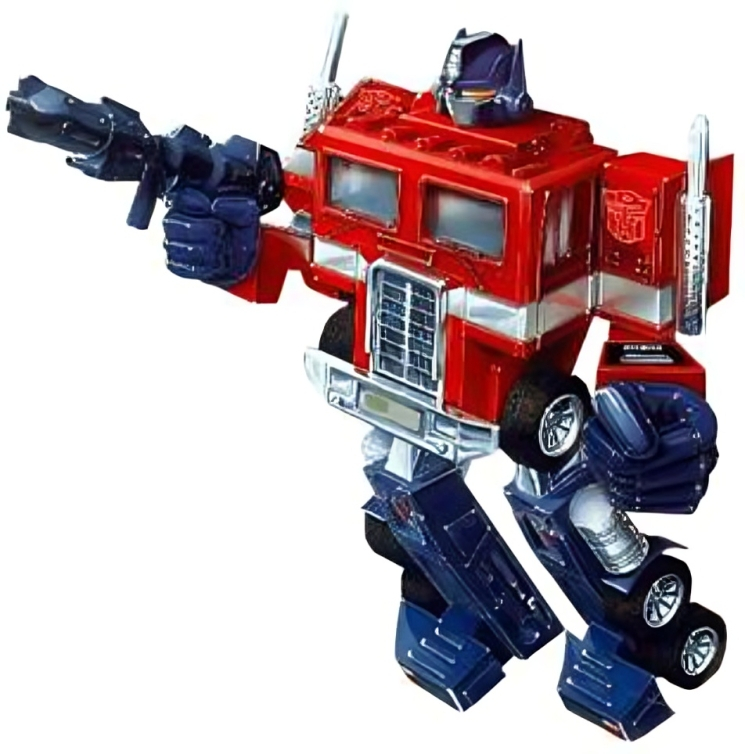
Robots that convert to vehicles hit shelves with a cartoon, comics, and character tech specs on every box. The play pattern mixes storytelling with real mechanism study, from tabs and swivels to satisfying click locks. Designers borrowed and evolved Japanese molds, so engineering improved quickly across lines. Kids today still enjoy the solve, then the battle, then the display. Modern releases keep the same names and color schemes, which lets families share shelves across decades and swap tips on tricky conversions.
4. Nintendo Entertainment System, NES (1985)
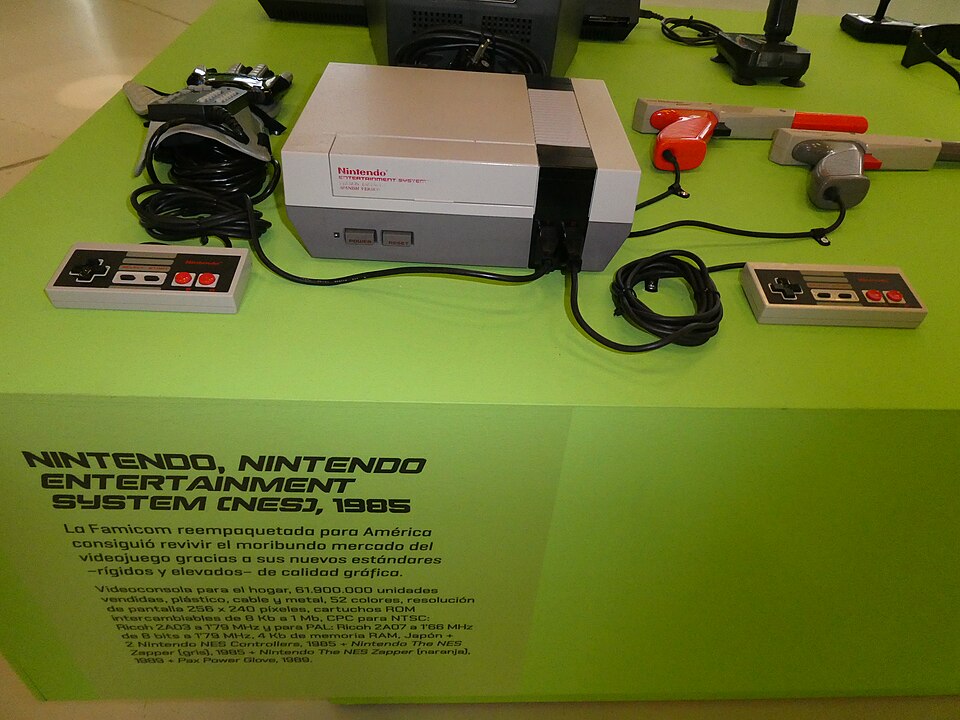
The console that revived the U.S. game market after the 1983 crash did it with tight 8 bit platformers and a controller that fit small hands. Super Mario Bros., The Legend of Zelda, and Metroid set templates still used by modern games. Cartridges reduced load times, and simple ports let two players share the sofa without setup. Kids now can grasp goals in seconds, then chase mastery. Many school clubs run retro tournaments because the clear rules make fair brackets for beginners.
5. Cabbage Patch Kids (1983)
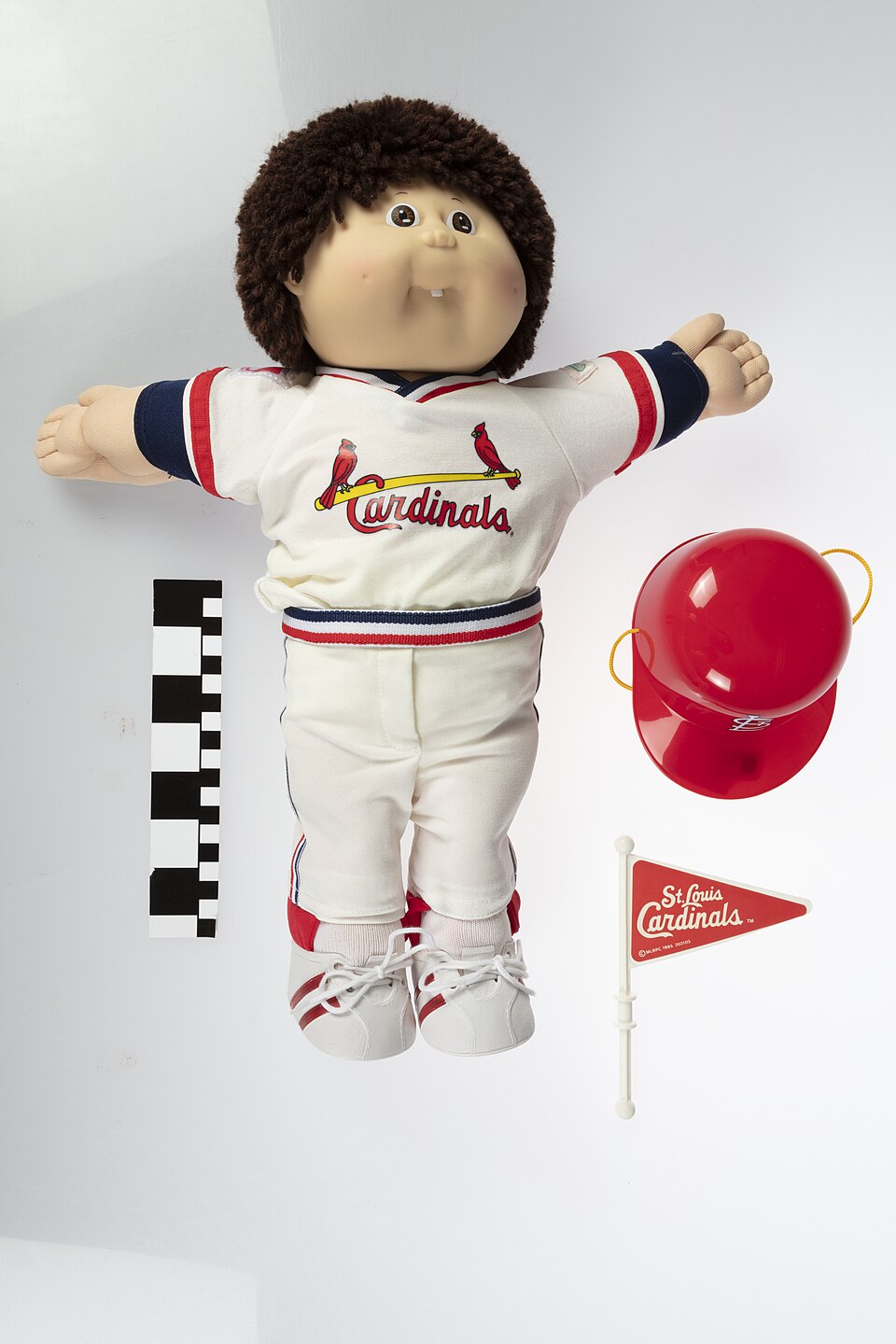
Soft sculpt dolls with adoption papers turned store lines into national news during the 1983 holiday rush. Each doll arrived with a unique name and birth certificate, which made collecting and care feel official. The plush build holds up for younger kids, while older ones enjoy the custom outfits market that never really stopped. Today the adoption ritual still lands, and the simple faces photograph well. Families often pass down originals alongside reissues, creating a timeline in one toy box.
6. My Little Pony, G1 (1983)
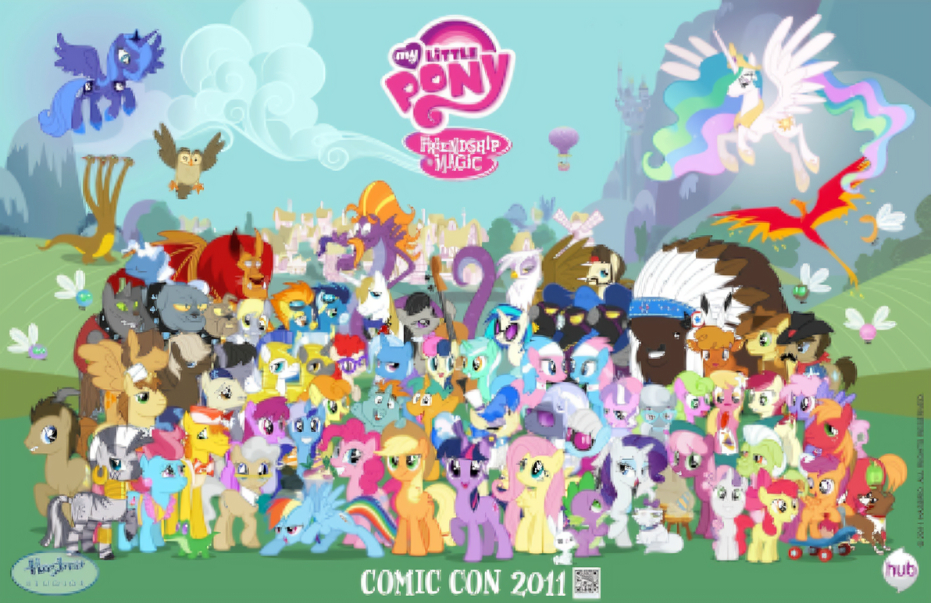
Brushable manes, bright symbols, and dozens of variants made these ponies a collector playground. Stable sets and animated episodes anchored characters, but the core fun was grooming and trading. Kids learn simple care routines and color matching while customizing looks. Reboots keep the brand current, yet the early sculpts still display well and fit small hands. Modern craft kits pair easily with old figures, from hair restyling to repainting. That mix of nurturing play and creative design remains hard to beat.
7. Teddy Ruxpin (1985)
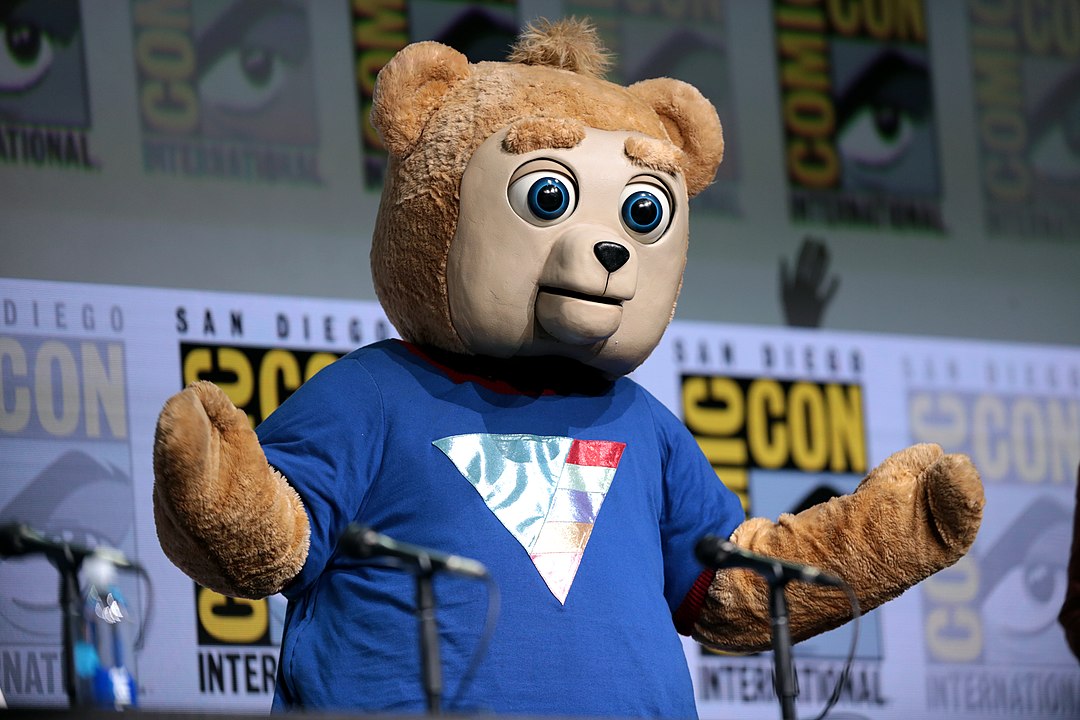
An animatronic bear that read stories using standard cassette tapes, syncing mouth and eye movement to recorded tracks. It introduced many kids to audiobooks with voices and songs while pages turned in companion books. Swapping tapes changed the tale, so the bear was a platform, not a one note toy. Children today still respond to character guided reading and predictable routines at bedtime. Safety and volume controls have improved in modern versions, yet the original speaking bear idea remains effective.
8. Speak & Spell (late 1970s to 1980s)
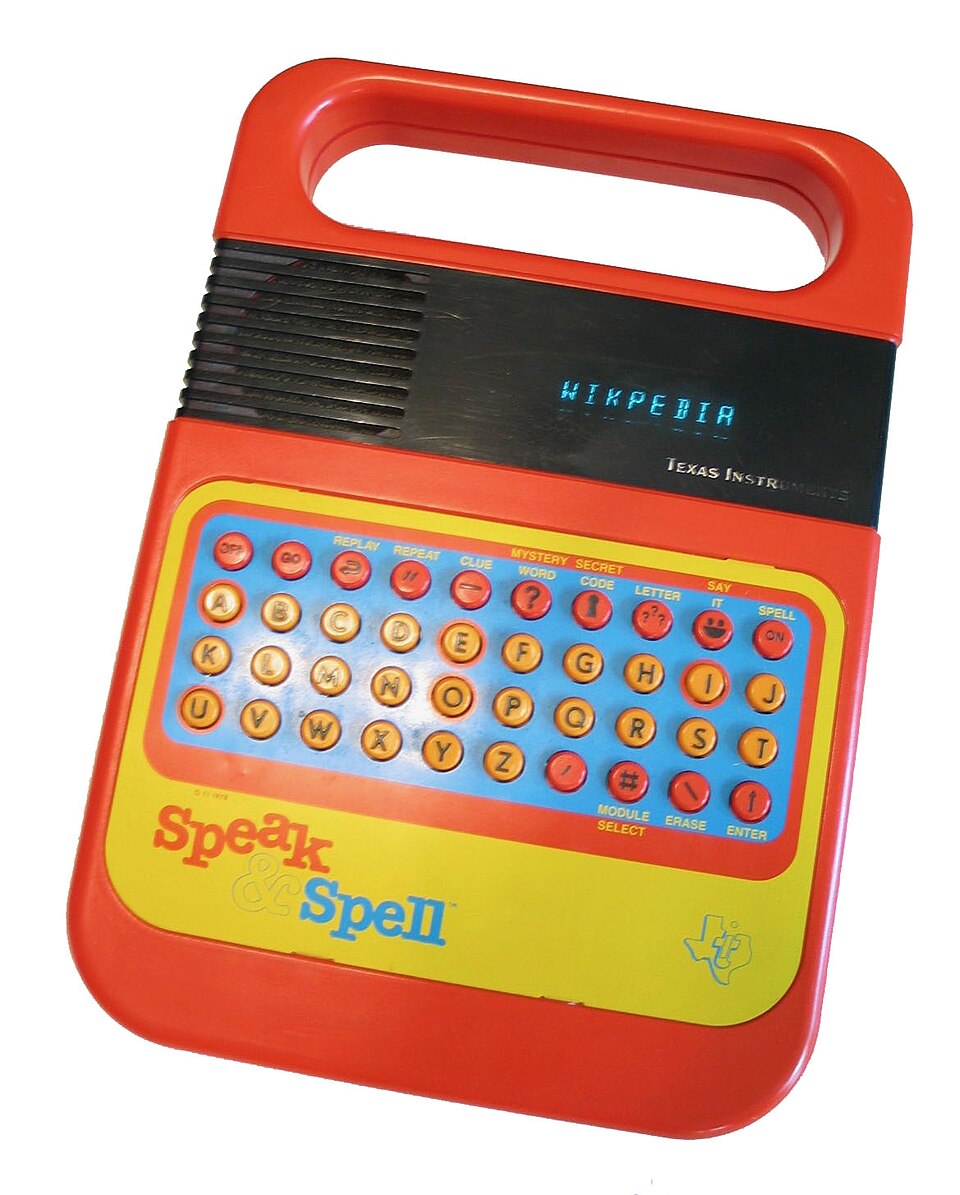
Texas Instruments put synthesized speech in kids’ hands with spelling and word games on a rugged orange shell. It used a speech chip, not simple beeps, which made right answers memorable. Swappable game modules expanded word lists, and a carrying handle turned it into a travel tutor. Modern devices do the same task, but the focused design avoids distractions. Kids practice listening, letter order, and quick recall. Teachers still cite it as a leap in affordable ed tech families could buy.
9. Masters of the Universe, He-Man (1982)
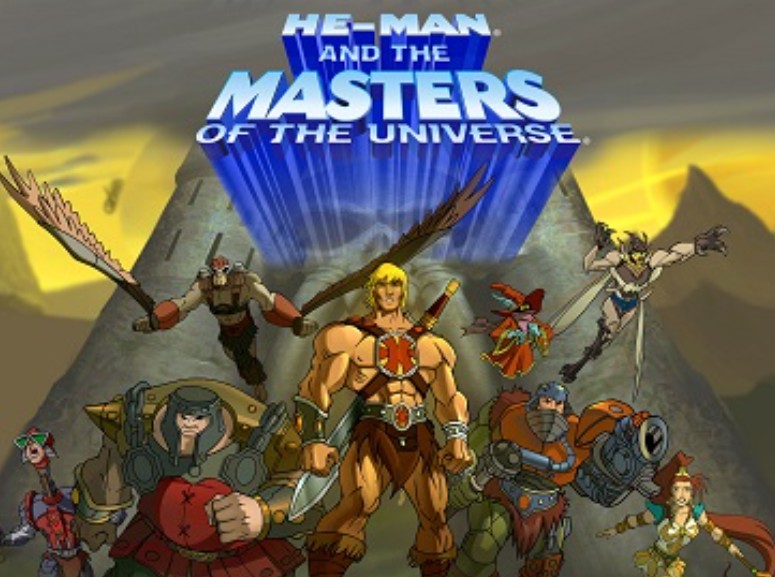
Five and a half inch figures with bold sculpts came packed with mini comics that explained the world. Vehicles and a castle playset encouraged base building and team battles. Articulation was simple yet sturdy, designed for rough carpet wars. Kids now would still enjoy the clear heroes and villains, plus accessories that swap between figures. New lines keep scale and names consistent, which lets modern releases join vintage crews on a shelf without breaking the original play pattern.
10. Teenage Mutant Ninja Turtles figures (1988)
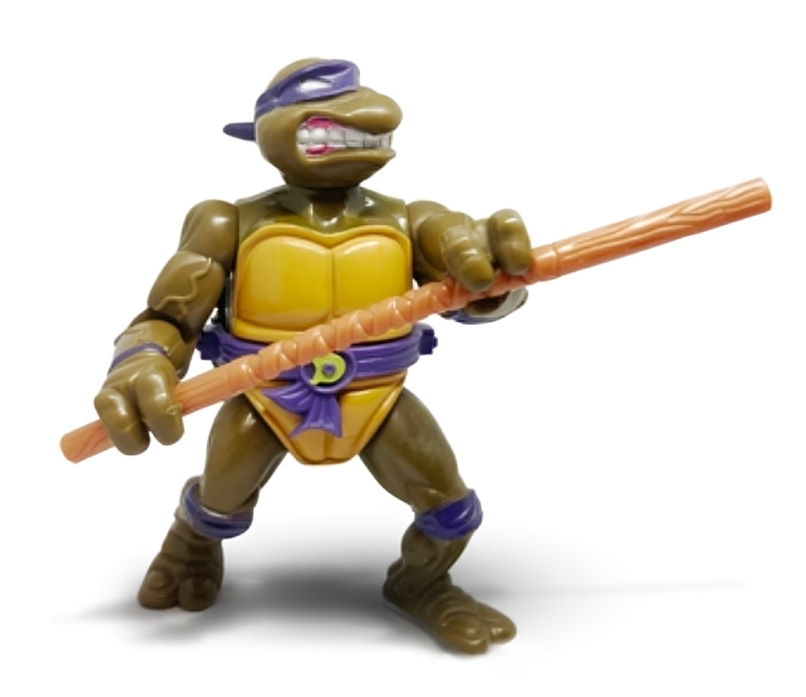
Playmates launched chunky, poseable turtles with weapons trees and a lair playset that doubled as storage. The line supported a long-running cartoon, so kids could act out plots or invent new ones. Accessories clipped on easily, and vehicles handled sidewalk play. Today the sewer team still draws fans because sets cover many roles, from villains to mutants to street allies. Reissues and new cartoons keep characters active, while the basic formula, four brothers and teamwork, remains universal.
11. Micro Machines (1986)
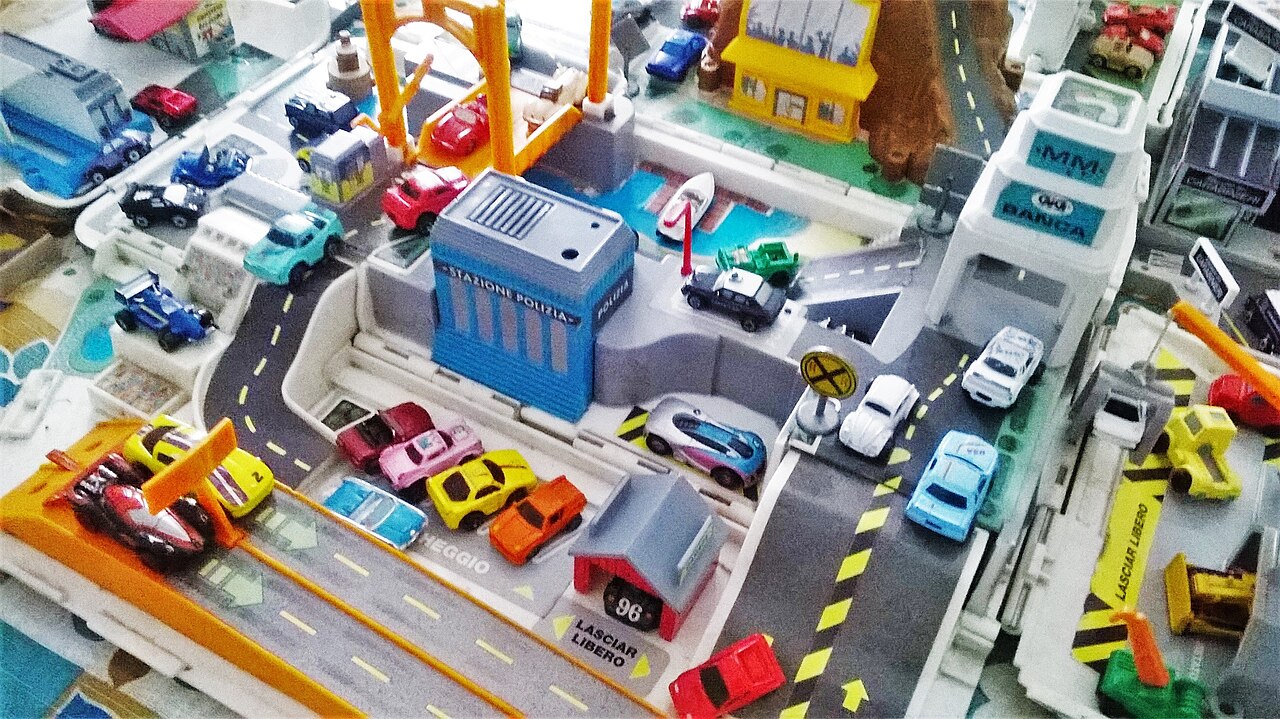
Pocket-sized die-cast cars and jets packed detail into tiny shells that fit dozens in a single case. Themes like police, construction, and racing let kids build worlds on a desk. TV ads with a fast-talking host became legendary, but the value was storage and speed. Short track lengths work on small floors, and fold-out city cases create instant play mats. Modern kids still enjoy lining up fleets, trading duplicates, and timing races across a kitchen table.
12. Pound Puppies (1984)
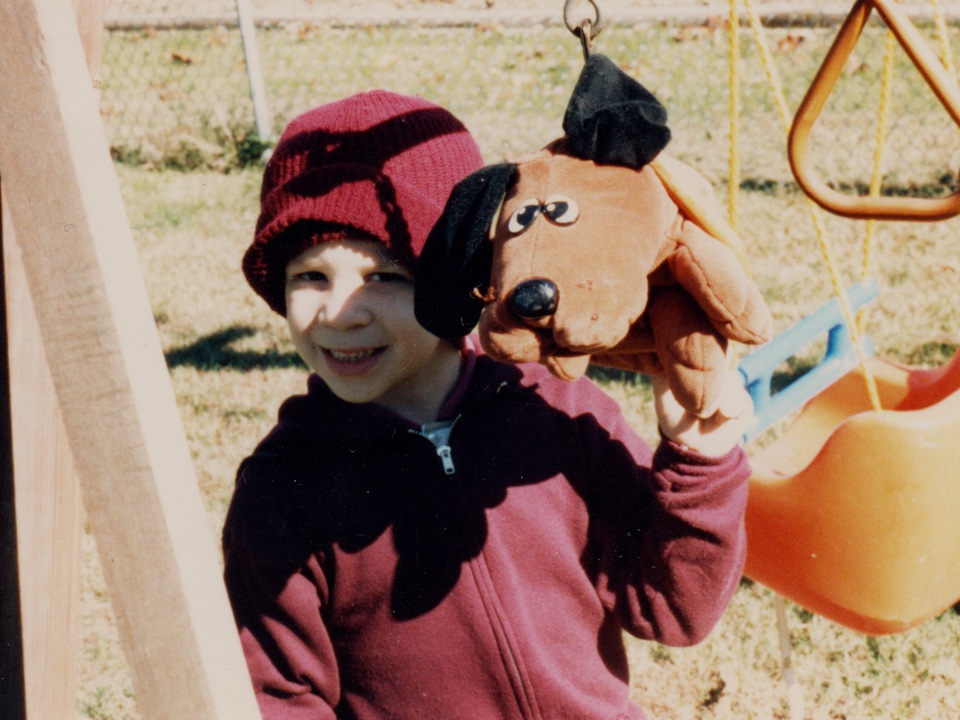
Plush dogs arrived with adoption certificates and plastic name tags, which turned simple stuffed animals into a pretend shelter system. Sizes ranged from mini to large, so siblings could collect without crowding beds. The hook is empathy practice, from naming to feeding schedules kids invent. Reboots kept the floppy ears and gentle eyes that photograph well. Families often pair a new puppy with a real shelter visit, using the toy to explain care, cost, and responsibility long before a live pet arrives.
